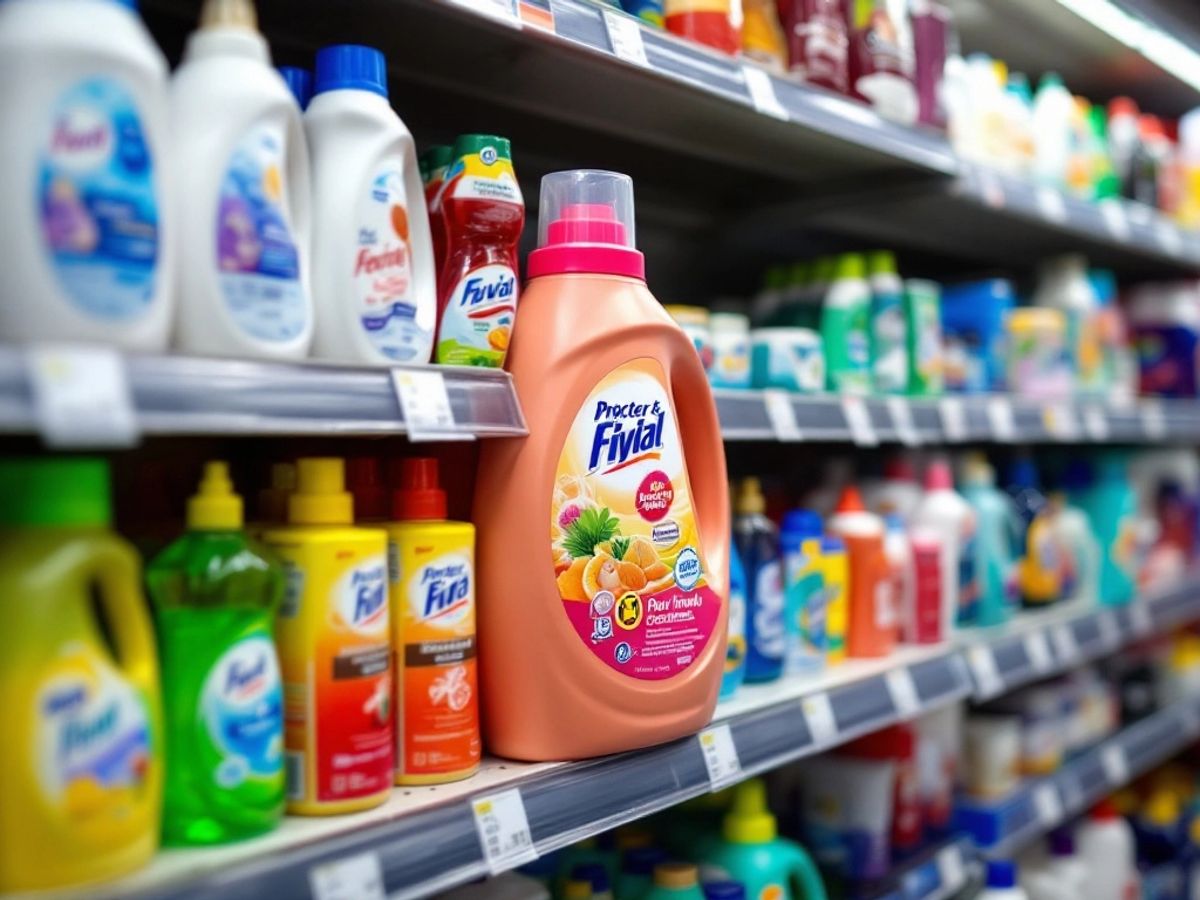Procter & Gamble (P&G) reported a slight decline in quarterly sales, attributed to a weakened Chinese economy and ongoing conflicts in the Middle East. Despite these challenges, the consumer-products giant has decided to maintain its pricing strategy in the U.S., aligning closely with Wall Street's expectations.
Key Takeaways
- Net Sales Decline: P&G's net sales fell by 1% compared to the same quarter last year.
- Economic Factors: The decline is largely influenced by external economic pressures, particularly in China and the Middle East.
- Pricing Strategy: The company has no plans to reduce prices in the U.S., indicating confidence in its current pricing model.
Overview Of P&G's Performance
In the latest earnings report, Procter & Gamble revealed that its net sales decreased by 1% year-over-year. This decline reflects broader economic challenges that have impacted consumer spending and demand for household products. The company’s performance was largely in line with analysts' expectations, suggesting that while the sales dip is concerning, it is not entirely unexpected given the current economic climate.
Factors Impacting Sales
Several key factors have contributed to the sales decline:
- Weakened Chinese Economy: As one of the largest markets for consumer goods, a slowdown in China has significant implications for P&G's sales.
- Middle East Conflicts: Ongoing geopolitical tensions have also affected consumer confidence and spending patterns in the region.
Pricing Strategy Remains Firm
Despite the sales slip, P&G has opted to hold the line on prices in the U.S. market. This decision reflects the company's confidence in its brand strength and the value it provides to consumers. By maintaining prices, P&G aims to protect its profit margins while navigating the current economic landscape.
Future Outlook
Looking ahead, P&G is focused on adapting to changing market conditions while continuing to innovate its product offerings. The company remains committed to its long-term growth strategy, which includes:
- Product Innovation: Investing in new product development to meet evolving consumer needs.
- Market Expansion: Exploring opportunities in emerging markets to offset declines in established regions.
- Sustainability Initiatives: Enhancing sustainability efforts to appeal to environmentally conscious consumers.
Conclusion
While Procter & Gamble faces challenges in the current economic environment, its decision to maintain pricing and focus on innovation positions it well for future growth. The company’s ability to navigate these turbulent times will be crucial as it seeks to regain momentum in sales and strengthen its market presence.








